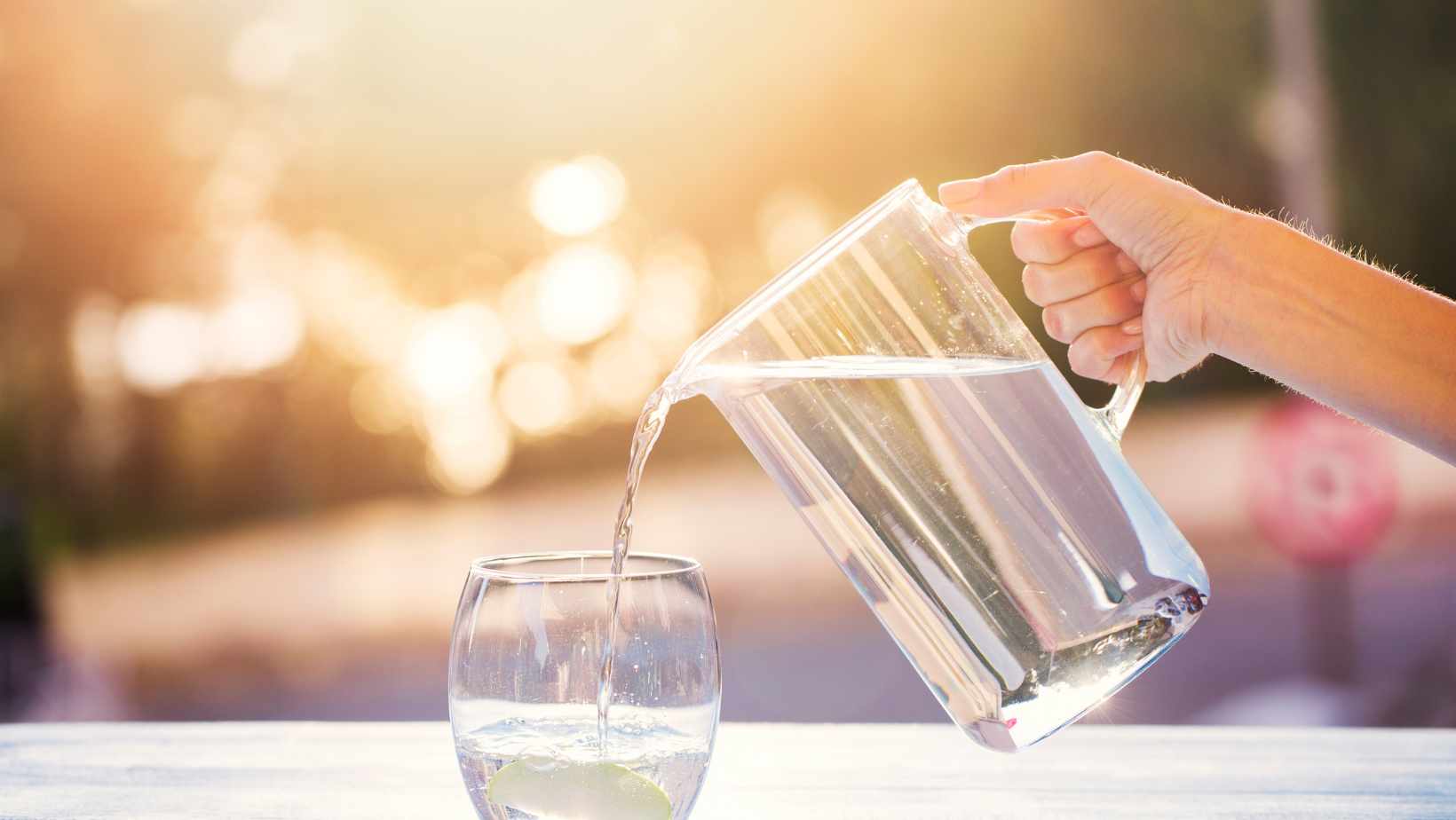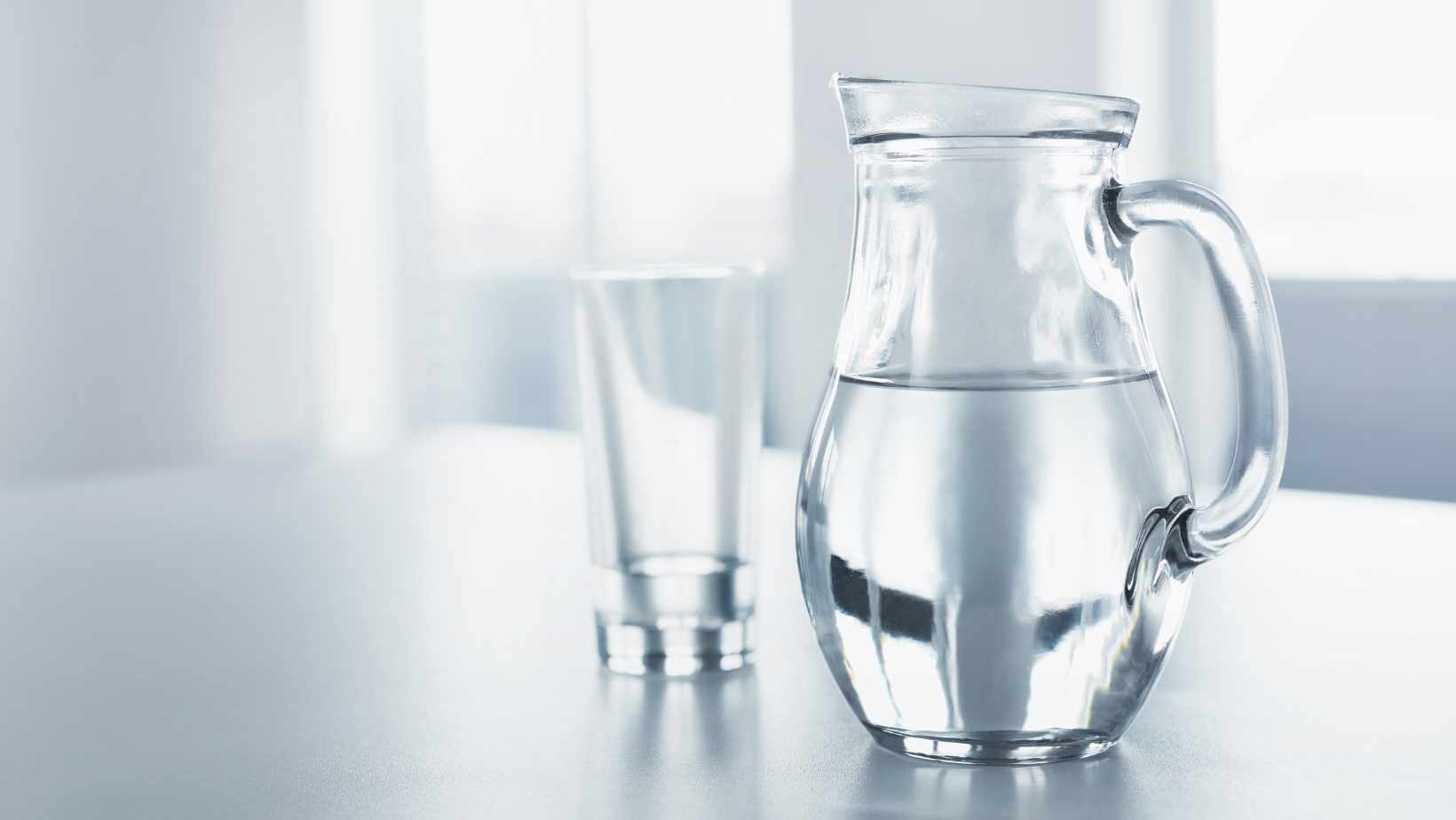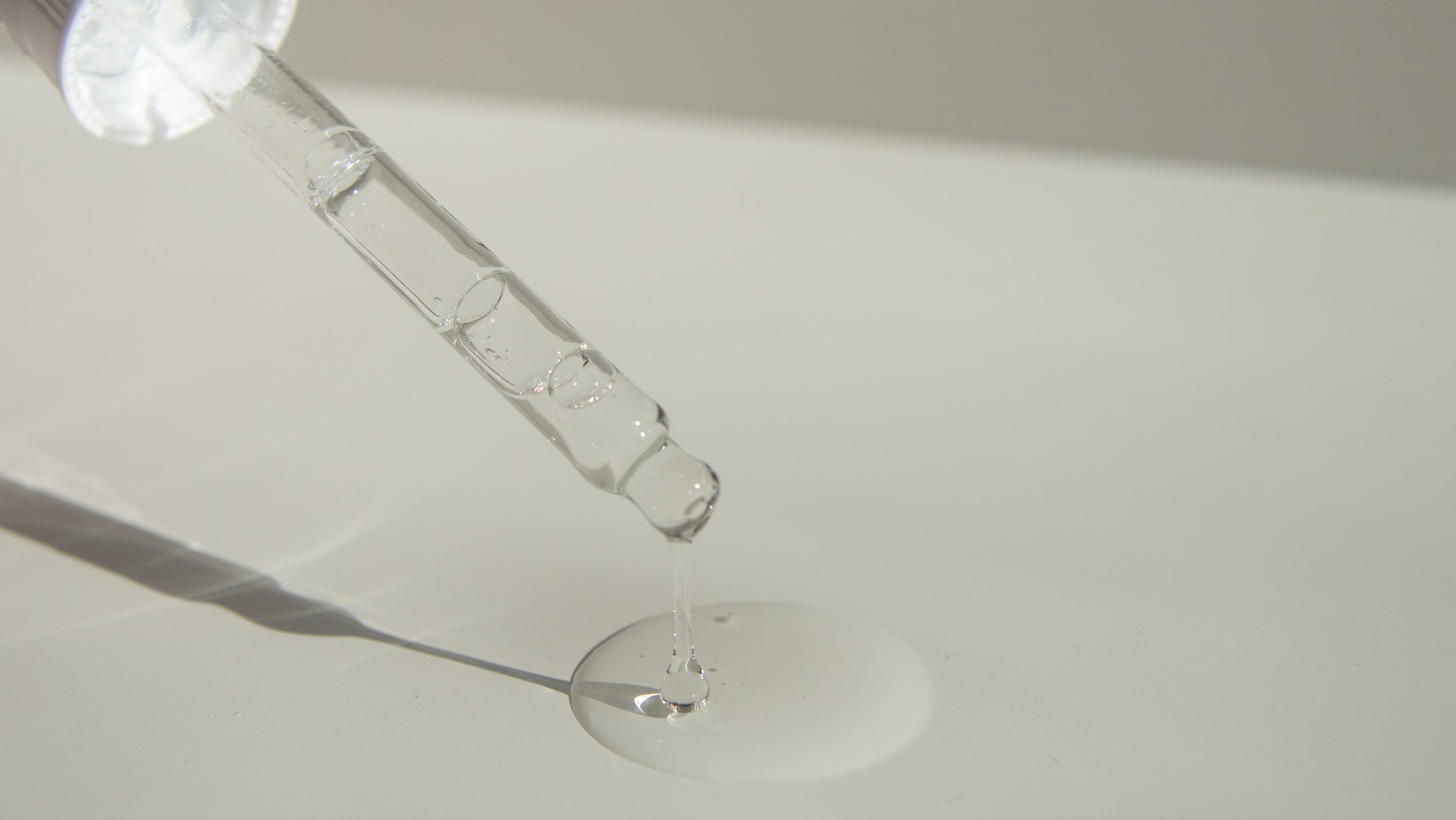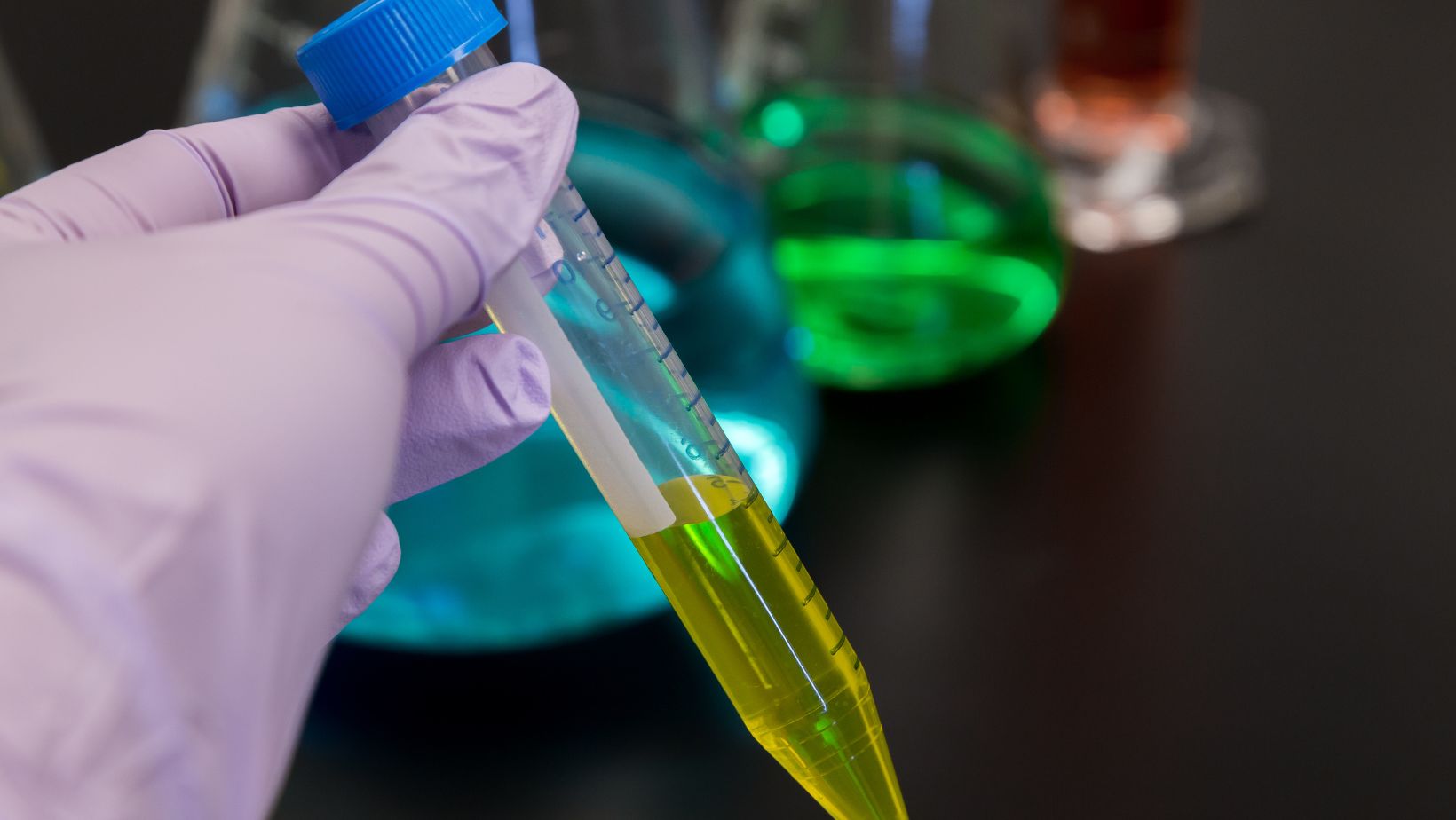A Quick Summary: How Many ML in a Pitcher

Wondering how many milliliters are in a pitcher? Well, the exact answer may vary depending on the size of the pitcher. Pitchers come in different sizes, so it’s essential to know the specific capacity of your pitcher to determine how many milliliters it can hold.
Typically, pitchers range from 1 liter (1000 ml) to 2 liters (2000 ml) in capacity. However, some pitchers can be smaller or larger than this standard range. To find out the precise amount of milliliters in your pitcher, check for any markings or labels indicating its volume.
If your pitcher doesn’t have any measurements marked on it, you can use a measuring cup to determine its capacity. Pour water into the measuring cup and then transfer it into the pitcher until it reaches its maximum level without overflowing. Take note of how many milliliters you poured into the pitcher, and that will give you an estimate of its capacity.
How Many Ml In A Pitcher
Different Sizes of Pitchers
When it comes to pitchers, there is a wide range of sizes available to suit various needs. The size of a pitcher is typically measured in milliliters (ml) or ounces (oz). Let’s explore some common sizes you may come across:
- Small Pitcher: These are usually around 500 ml or 16 oz in capacity. They are perfect for serving individual portions or small gatherings.
- Medium Pitcher: With a capacity of around 1 liter or 32 oz, medium-sized pitchers are suitable for serving drinks to a few people at once. They strike a good balance between being compact and providing enough servings.
Pitcher Materials and Their Impact on Size
Pitchers come in various materials, such as glass, plastic, stainless steel, and ceramic. The material used can influence both the aesthetics and the size of the pitcher:
- Glass Pitchers: Glass pitchers are known for their elegant appearance and transparency which allows one to see the contents inside clearly. They often come in different shapes and sizes ranging from small to large.
- Plastic Pitchers: Plastic pitchers are lightweight and durable options that make them ideal for outdoor events like picnics or pool parties due to their resistance against accidental drops and breakage.
Common Uses for Different Types of Pitchers
The size and material of a pitcher determine its suitability for different occasions and purposes:
- Everyday Use: Small to medium-sized pitchers are perfect for everyday use, whether at home or in an office setting. They can be used to serve water, juice, or other beverages during meals or meetings.
- Parties and Gatherings: Larger pitchers, such as medium to extra-large sizes, are ideal for parties and gatherings where multiple servings need to be provided without frequent refills.
- Special Occasions: For formal occasions like weddings or fine dining events, glass or ceramic pitchers with unique designs can enhance the table setting while serving drinks elegantly.

Standard Measurement Conversion: Fluid Ounces to Milliliters
When it comes to measuring liquids, understanding the conversion between fluid ounces and milliliters is essential. In this section, I’ll guide you through the process of converting fluid ounces to milliliters, specifically focusing on how many milliliters are in a pitcher.
A pitcher is a common container used for serving beverages, typically found in households or restaurants. The size of a pitcher can vary, but for our purposes, let’s assume we’re referring to a standard 64-fluid ounce pitcher.
To convert fluid ounces to milliliters, we need to know the conversion factor. One fluid ounce is equivalent to approximately 29.57 milliliters. Armed with this information, we can calculate how many milliliters are in a pitcher:
- Start by multiplying the number of fluid ounces by the conversion factor:
- 64 fl oz * 29.57 ml/fl oz = 1892.48 ml
Therefore, there are approximately 1892.48 milliliters in a standard 64-fluid ounce pitcher.
It’s important to note that pitchers come in various sizes, so the volume measurement may differ depending on your specific pitcher’s capacity. To determine the exact amount of milliliters in your own pitcher, you’ll need to know its precise volume and apply the appropriate conversion formula.
Keep in mind that when dealing with conversions involving larger volumes like pitchers, it’s always helpful to have a clear understanding of both fluid ounces and milliliter measurements.
In conclusion,
- A standard 64-fluid ounce pitcher contains approximately 1892.48 milliliters.
- Understanding the conversion between fluid ounces and milliliters is crucial when working with liquid measurements.
- Remember that different pitchers may have varying capacities; knowing your specific vessel’s volume will allow for accurate conversions.
- Being familiar with these conversions will aid you in accurately measuring and serving liquids in your daily life.
Now that you have a better grasp on the conversion from fluid ounces to milliliters, you can confidently use this knowledge when dealing with pitchers or any other liquid measurements.



